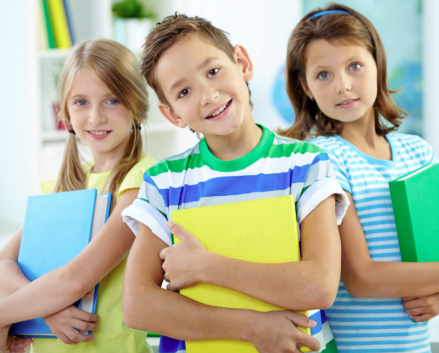Article:
As education continues to prioritize the whole child in 2025, mindfulness is becoming a valued practice in classrooms. When combined with personalized learning, mindfulness can enhance focus, self-awareness, emotional regulation, and overall well-being. Integrating mindfulness into personalized learning ensures that students are not only academically supported but also mentally and emotionally prepared to succeed.
Why Mindfulness and Personalized Learning Work Together
Personalized learning promotes student agency and reflection, making it a natural match for mindfulness practices. Both approaches encourage students to slow down, notice their thoughts and feelings, and make intentional choices. This combination creates a learning environment that values clarity, presence, and thoughtful action.
Starting with Mindful Routines
Teachers can begin by building short mindfulness routines into the school day. Simple practices like deep breathing, gratitude reflections, or quiet moments of focus can help students reset and prepare for learning. These moments can be tailored to student preferences, reinforcing the personalized aspect of their education.
Embedding Mindfulness into Goal Setting
Personalized learning often involves goal setting and reflection. Teachers can guide students to approach these practices mindfully—checking in with how they feel, what motivates them, and how they respond to setbacks. This deepens self-awareness and promotes resilience.
Using Digital Tools Thoughtfully
While technology supports personalized learning, it can also be overwhelming. Incorporating mindfulness into digital learning means encouraging students to take breaks, focus on one task at a time, and use screen time with intention. Some platforms even include mindfulness tools, such as guided meditations or focus timers.
Fostering Emotional Intelligence
Mindfulness teaches students to recognize and manage their emotions. Personalized learning environments can reinforce this by providing choices that align with emotional readiness—offering calming tasks during stressful moments or encouraging peer collaboration when students feel energized and connected.
Creating a Calm, Reflective Learning Environment
Classroom design and routines can support mindfulness and personalization. Soft lighting, flexible seating, calming visuals, and designated quiet spaces invite students to reflect and recharge. These elements make it easier to focus, process emotions, and engage with learning at a deeper level.
Encouraging Reflective Journaling
Mindfulness can also be integrated into reflective journaling, a key practice in personalized learning. Students can write about their experiences, thoughts, goals, and feelings, developing greater self-understanding and tracking personal growth over time.
Conclusion
In 2025, integrating mindfulness into personalized learning is helping students become not only better learners but more balanced individuals. By promoting presence, purpose, and emotional well-being, educators can create learning environments that truly support every part of a student’s development. When mindfulness and personalization come together, education becomes a more thoughtful, human-centered experience.














